Subscribe to the Newsletter
Your cart is empty
Shop nowPHotoESPAÑA manifests the need to photograph, after all
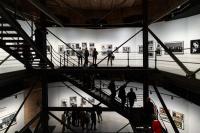
PHotoESPAÑA launches its twenty-eighth edition, depicting photography as a crucial right
This year, opening the twenty-eight edition of PHotoESPAÑA, Director María Santoyo says the programme argues for asserting “our right to photograph, now more than ever” to create evidence for the now and future references. The renowned Spanish photography festival brings together the work of nearly four hundred photographers, past and present, exploring themes of freedom, revolution, and identity. As a multi-venue event, PHotoESPAÑA offers a plurality of photographic narratives that span different times and geographies – from celebrated Spanish artists such as photojournalist María Florez, Miss Beige, and Joan Fontcuberta, to international figures like American photographers Joel Meyerowitz and Duane Michals, and the instinctively Mexican surrealist Graciela Iturbide. What unites these artists is a shared understanding of photography as a study of light, longing, and the subtle cracks through which invisible forces move humanity: resistance, affirmation, solidarity, and the search for identity and belonging.
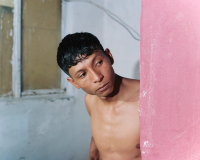
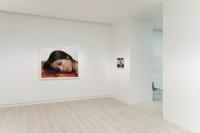
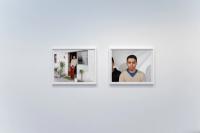
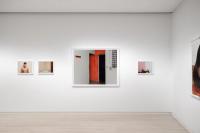
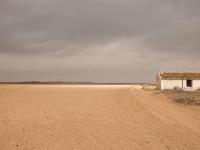
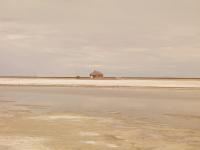
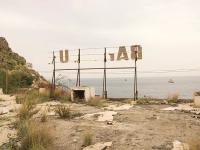







PHotoESPAÑA brings together sophisticated responses to landscape documentary photography – personal, historical, political or social – exuding matters of ecology, economics, society, and politics. Specifically, Fundación MAPFRE presents particularly two extensive exhibitions that define landscapes as living entities: from Felipe Roméro Beltran’s “Bravo” to José Guerrero’s “Concerning Landscape”, territory is defined by horizons and invisible borders. Colombian-born Beltran – recipient of the second edition of KBr Photo Award – started documenting life of his friends along the Rio Bravo in 2021 to delve deep into the meaning of experiencing life on the border with the US as South Americans. A line, that of the river, drawing invisibly a border of shifting fears and constrained hopes. A line is also what characterizes Spanish Guerrero’s work throughout his career as a landscape photographer. The journey follows a narrative sequence in series and themes that fold and unfold in the quest to photograph a place not only to represent it but also evoke the relationships of proximity, the alterations, solidarities and tensions inscribed within them, thus banishing the notion of landscape as something non-artificial and external to us.
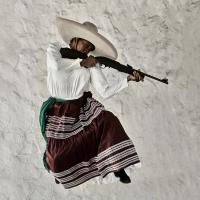
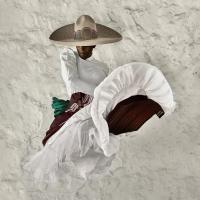
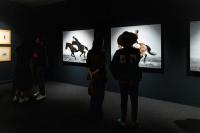
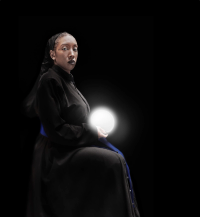




At Museo Nacional de Antropología, freedom is at the centre of the Afro-American artist Ayana V. Jackson. She presents a long-term project developed across the US, Mexico and South Africa tracing the Afro and Afro-mestizo presences in the state anthropology and ethnography collections, includes several unpublished works created with the goal of initiating a horizontal, direct dialogue with an institution in the throes of decolonisation, taking on a formal dimension within this context.
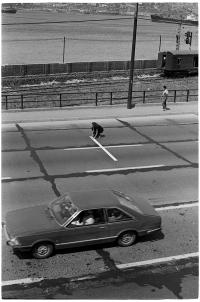
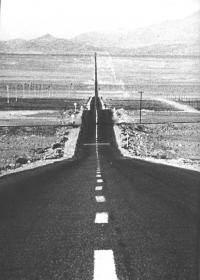
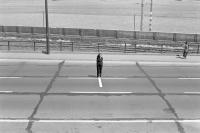
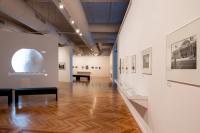




For the first time, PHotoESPAÑA incorporates a special programme dedicated to a Guest Country: Chile. Exhibitions include the work of iconic photographers who have shaped Chilean history, such as Lotty Rosenfeld, Julia Toro, Michael Mauney and Martin Gusinde. Four looks, in different venues in Madrid – and Santander – that bring the viewer closer to a photographic production crossed by the recent history of the country and the need to think of the image as a tool of political resistance and freedom of expression and future memory: an archive, a testimony of lived resistance.
A key figure in Latin American video art, Lotty Rosenfeld created a body of work that defies classification—situated at the intersection of political resistance against state violence and a deep belief in the image as a vital space for freedom and transformation. The Círculo de Bellas Artes presents an in-depth exhibition, “By Pass. La frontera del signo,” showcasing pivotal works from Rosenfeld’s practice, many of which involved placing her own body in charged or unexpected public spaces.
Central to her work was the act of drawing attention to signs – particularly those so deeply embedded in everyday life that their role in shaping societal order had become invisible. Through precise and deliberate interventions, Rosenfeld disrupted these symbols, producing visual and performative gestures that reverberated far beyond their initial sites of action. Her work continues to resonate as a powerful tool in the ongoing struggle for expression and freedom.
These shows make up a small part of the ever-evolving PHotoESPAÑA festival. Other important shows in Madrid include Greif Alumni Claudia Fuggetti’s “Palinopsia” at Camara Oscura Galeria de Arte, celebrating landscape as a category shaped by human memory and perception of nature, and “What lies in between,” curated by Ana Belén García Mula at Casa Arabe, presenting the work of Tanya Traboulsi, Tamara Kalo and Taysir Batniji and their visions of a fragment of the Arab landscape and society undergoing a profound process of change through conflicts.